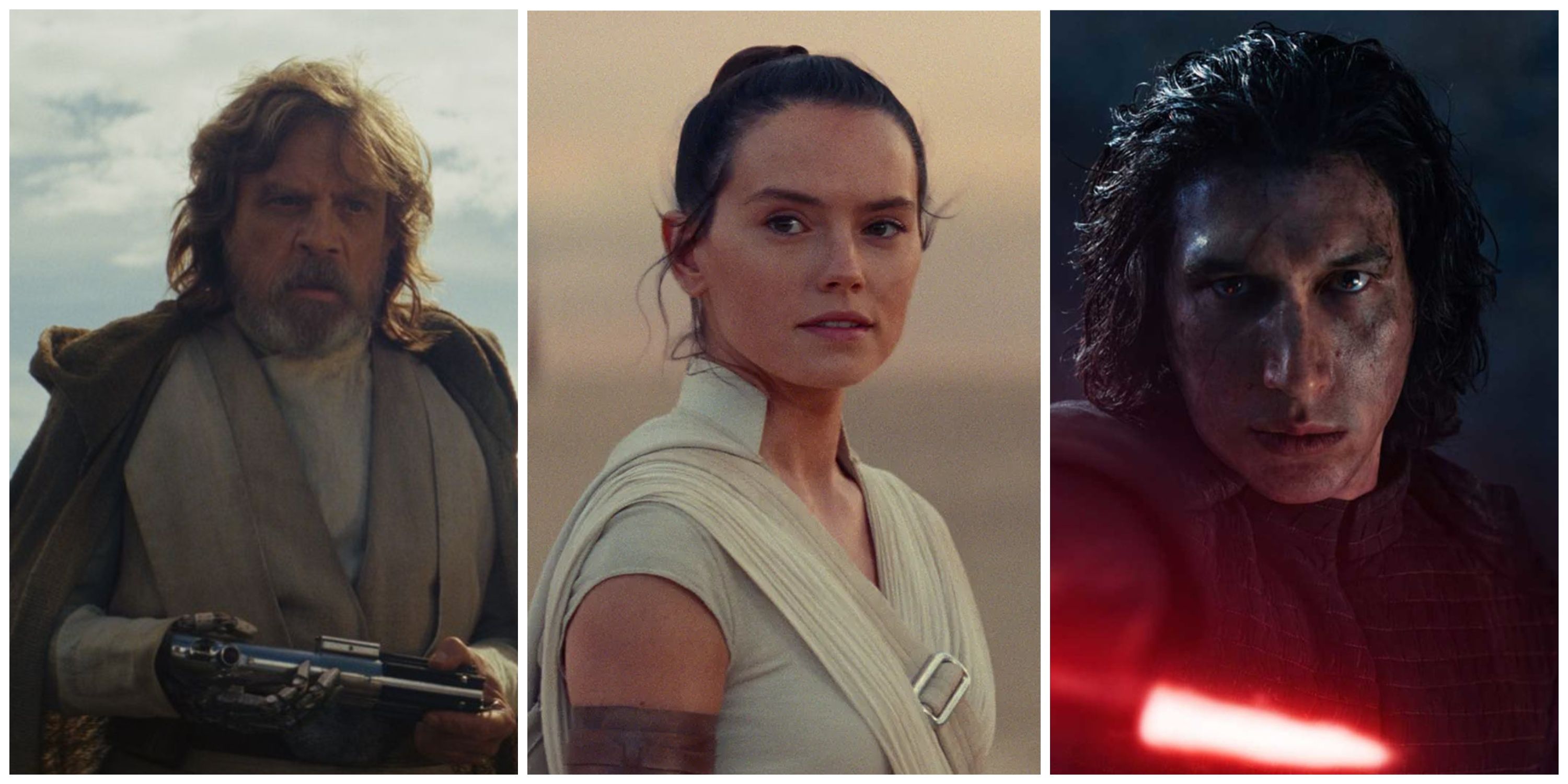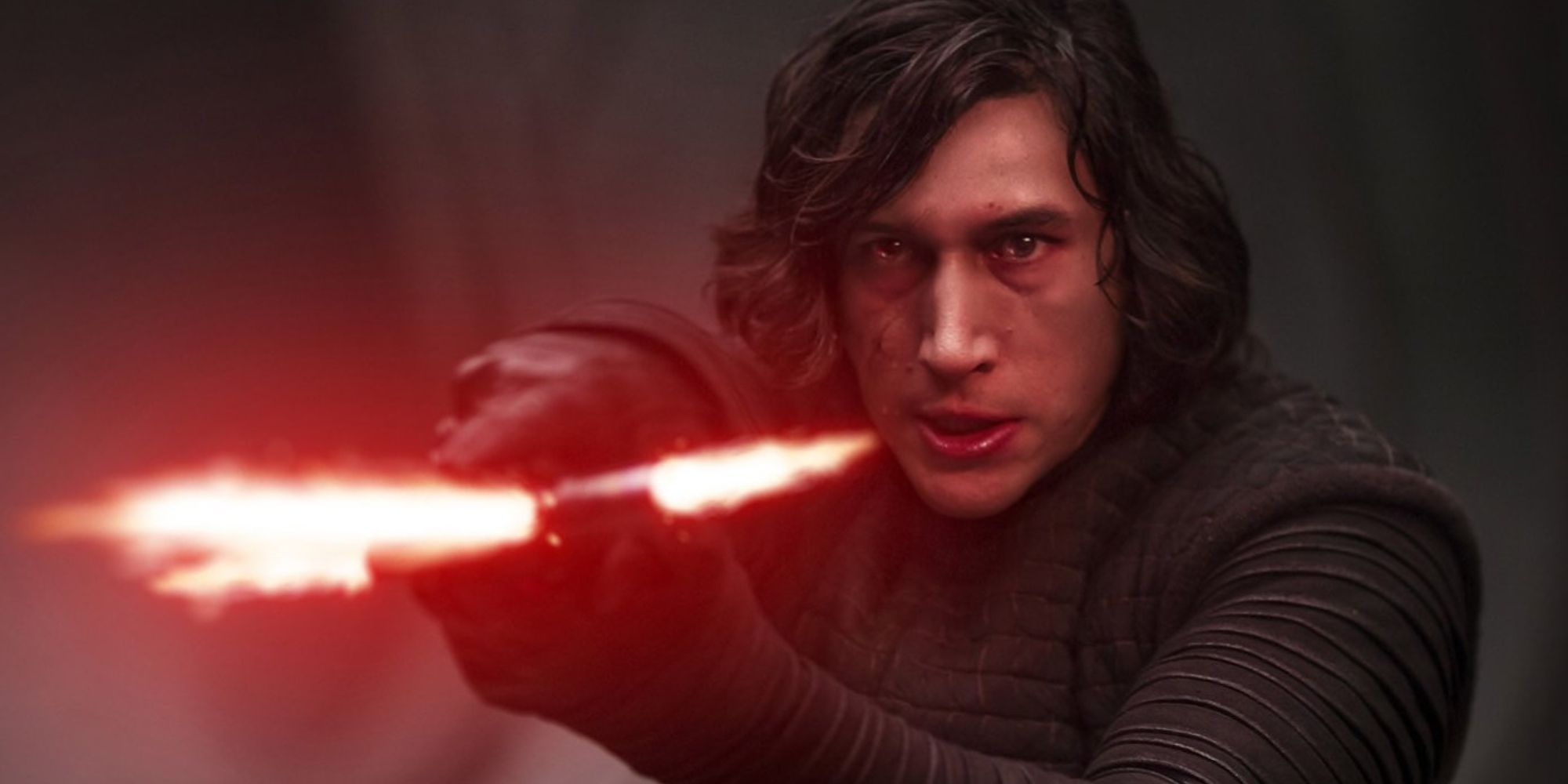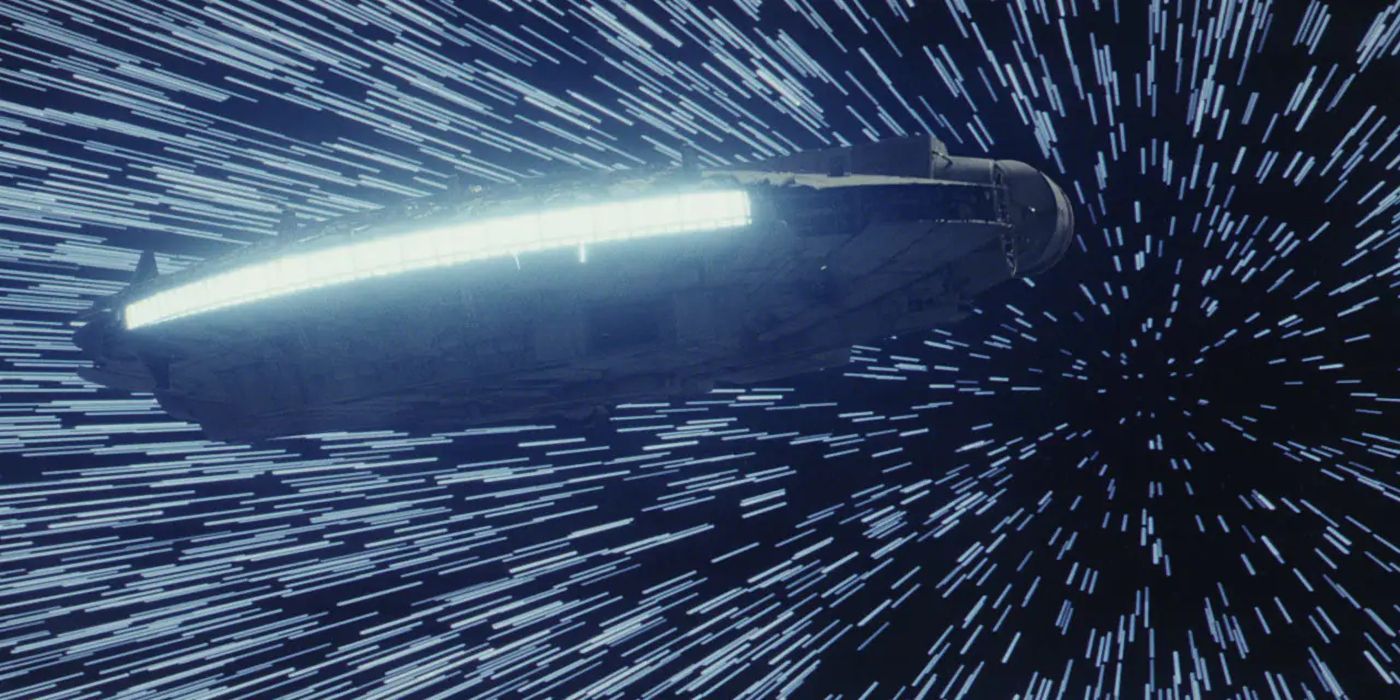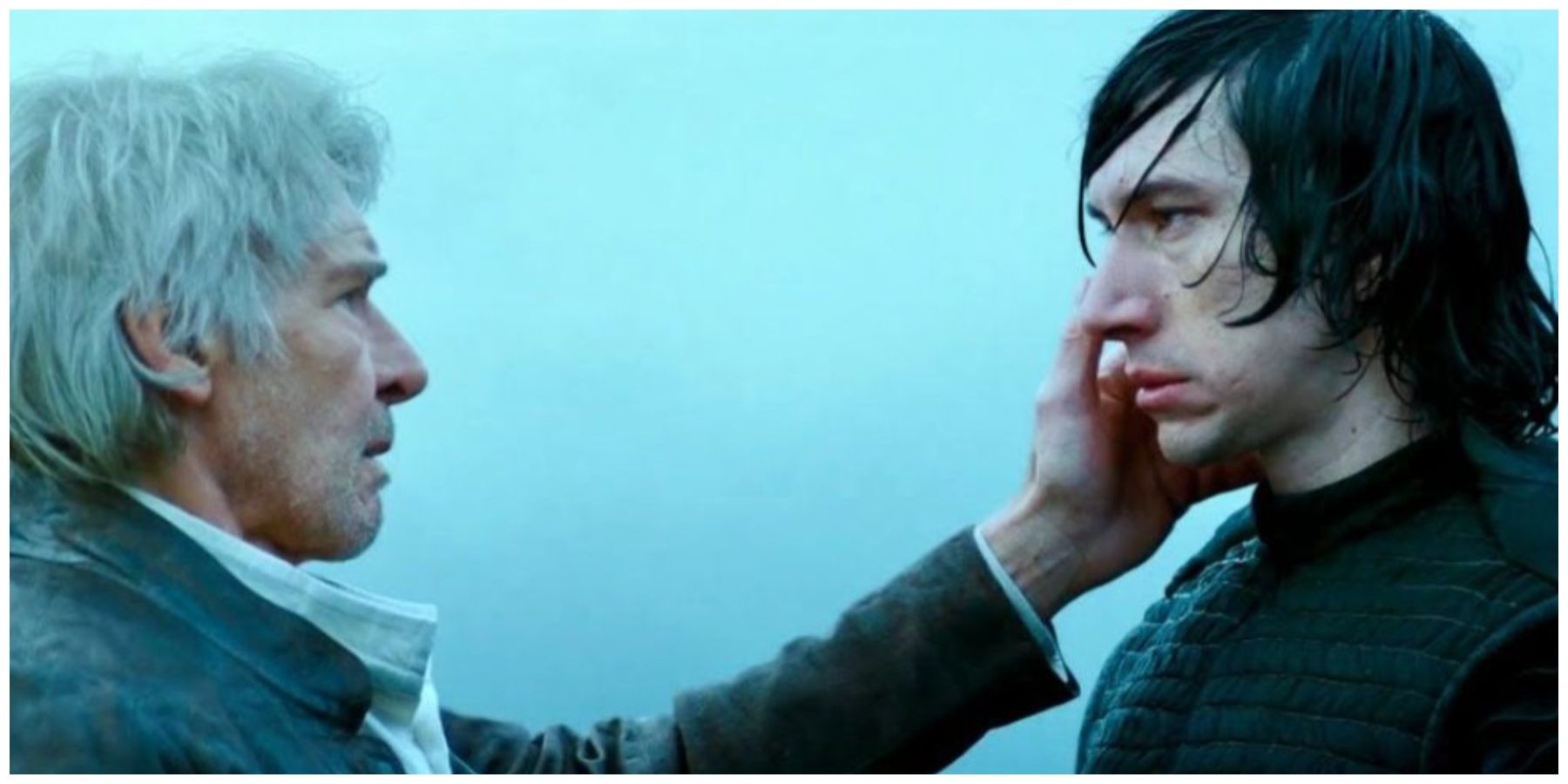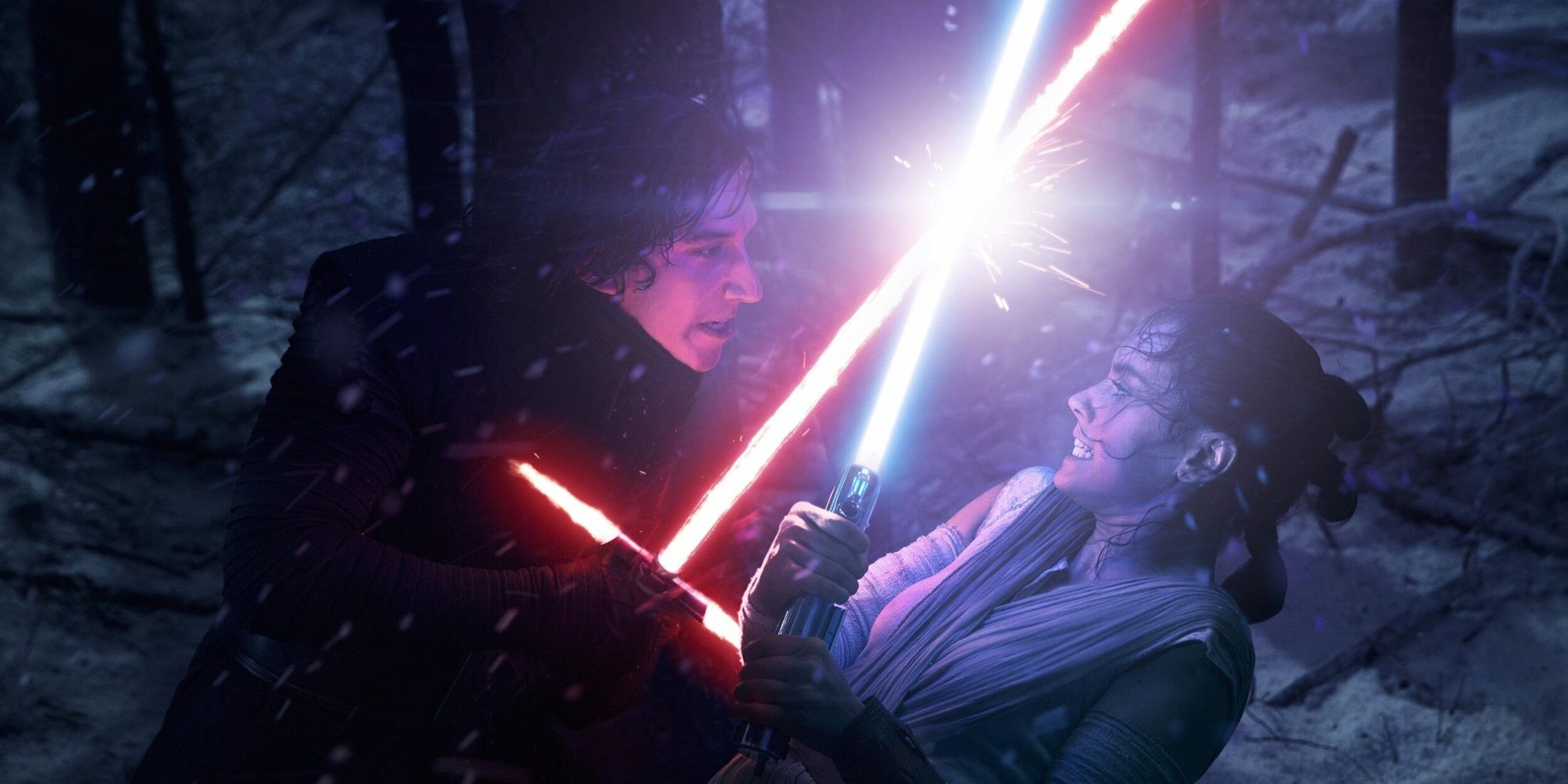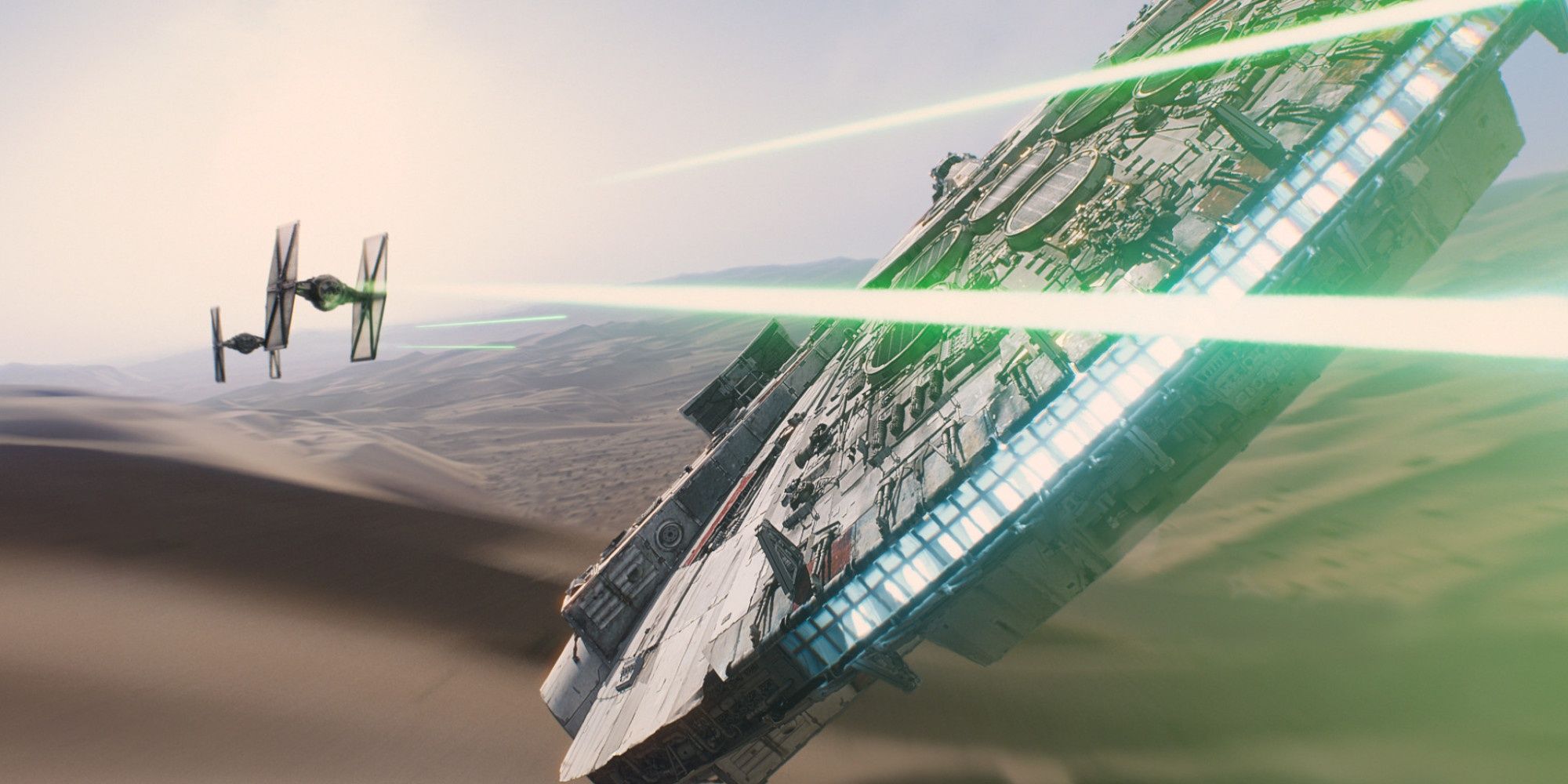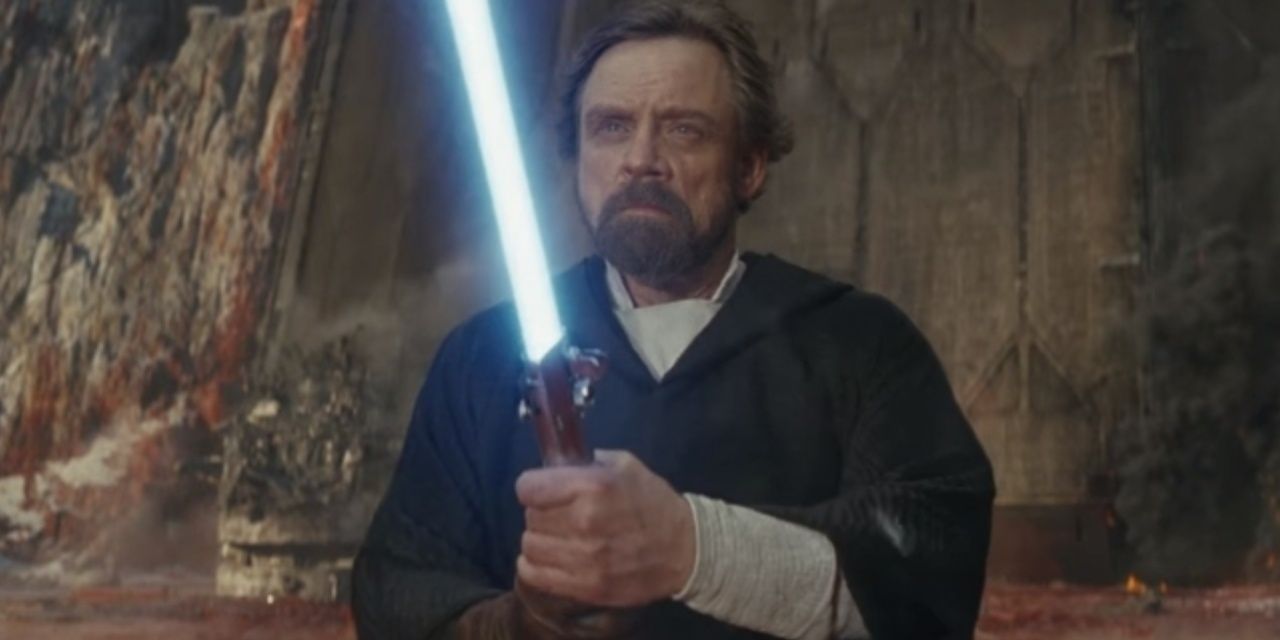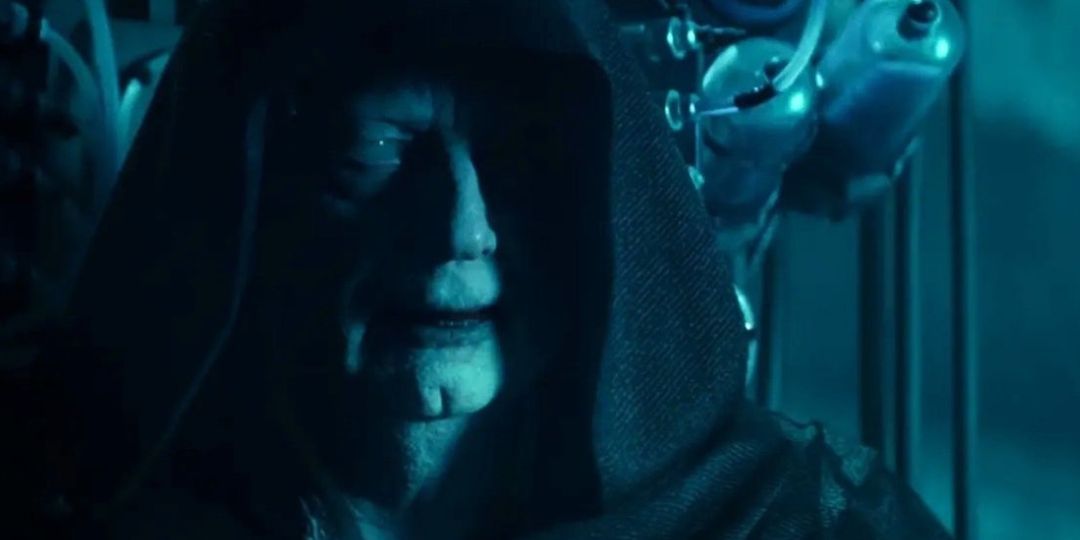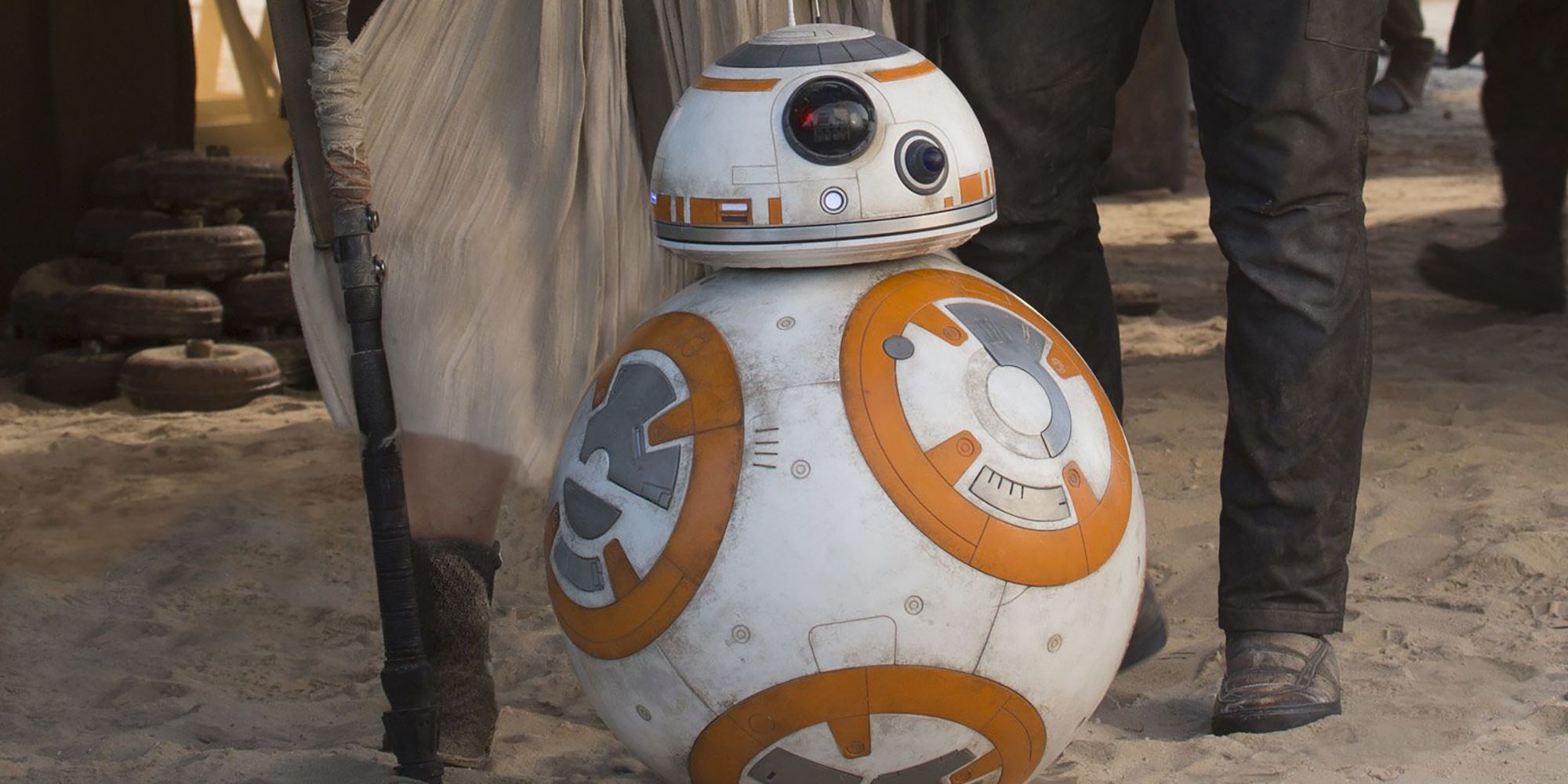Highlights
- Disney's Star Wars sequels introduced Kylo Ren as a compelling new villain with a conflicted past, providing fans with a character they could understand and root for.
- The sequels expanded the Star Wars universe by introducing new planets and locations, going beyond the familiar settings of the previous films, and giving fans something fresh to explore.
- The sequel trilogy successfully brought back beloved legacy characters like Han Solo, Princess Leia, and Luke Skywalker, giving fans a last glimpse of their favorite heroes and showcasing their lives and experiences over the past forty years.
Once the Star Wars prequels drew to a close in 2005, there came a solemn silence among the fanbase. This was the moment when all Star Wars fans realized that the world would probably never see the likes of another live-action Star Wars movie again, and canceled projects would fill the void. Fortunately, this silence was short-lived as Disney swooped in and announced that they had purchased the rights to the beloved franchise. This announcement also included news of a new trilogy in the saga.

Star Wars: Most Powerful Force Artifacts
Whether aligned with the Light Side or the Dark Side, these Force artifacts are among the most powerful in the Star Wars universe.
While the sequel trilogy is full of ups and downs like any long-running movie franchise, there is a lot to like in the Disney Star Wars sequels. Now that fans are far removed from these releases, it is possible to reflect on what was great about this series, rather than what was not so great.
8 Kylo Ren
There is a consensus among film fans that Darth Vader is one of, if not, the best movie villain to ever grace the silver screen. As such, Disney had their work cut out when creating a new villain for their sequels. The result was Kylo Ren, the conflicted son of Han Solo and Princess Leia.
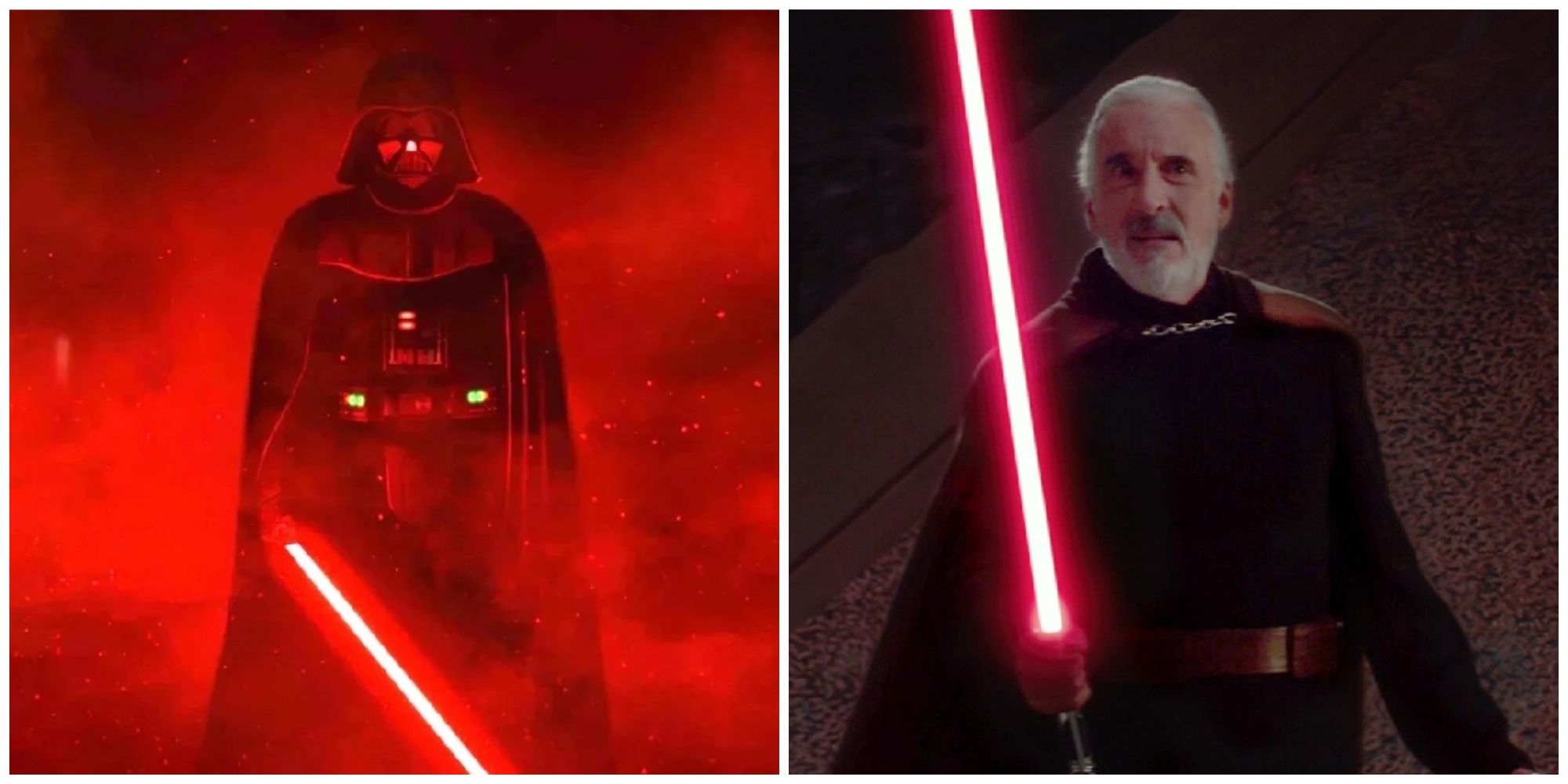
Star Wars: Most Dangerous Fallen Jedi
Some of the most dangerous foes in the Star Wars universe are those who once fought for the Light Side of the Force.
The result of these origins gave fans a character they could truly understand, Ben Solo had a huge legacy to live up to, so it is understandable that he would buckle under the pressure and turn to the dark side. Watching Adam Driver convey this mix of emotions throughout the trilogy was a joy for fans, and most people were waiting to see Kylo Ren finally switch back to the Light.
7 Expanding The Galaxy Far, Far Away
It can be tempting for a filmmaker to jump on board an existing franchise and pander to the audience by showing a lot of previous locations that fans loved. This move would have been too easy for a series like Star Wars as the previous six films have plenty of old planets to explore. That is why it was a nice surprise when J.J. Abrams decided to only include new planets as part of The Force Awakens.
This tradition continued right through the sequel trilogy, and Disney's turn in the universe expanded the Star Wars universe far beyond many fans' dreams. The trilogy brought in places like Jakku, Exegol, Starkiller Base, and Crait, and then expanded further with the Disney Plus live-action content.
6 Bringing Back Legacy Characters
A franchise as big as Star Wars needs to keep adding new characters and plots to remain relevant. However, the franchise also has a legacy to uphold. That is why it was important for the sequels to include, or at least address, the big players from the original films.
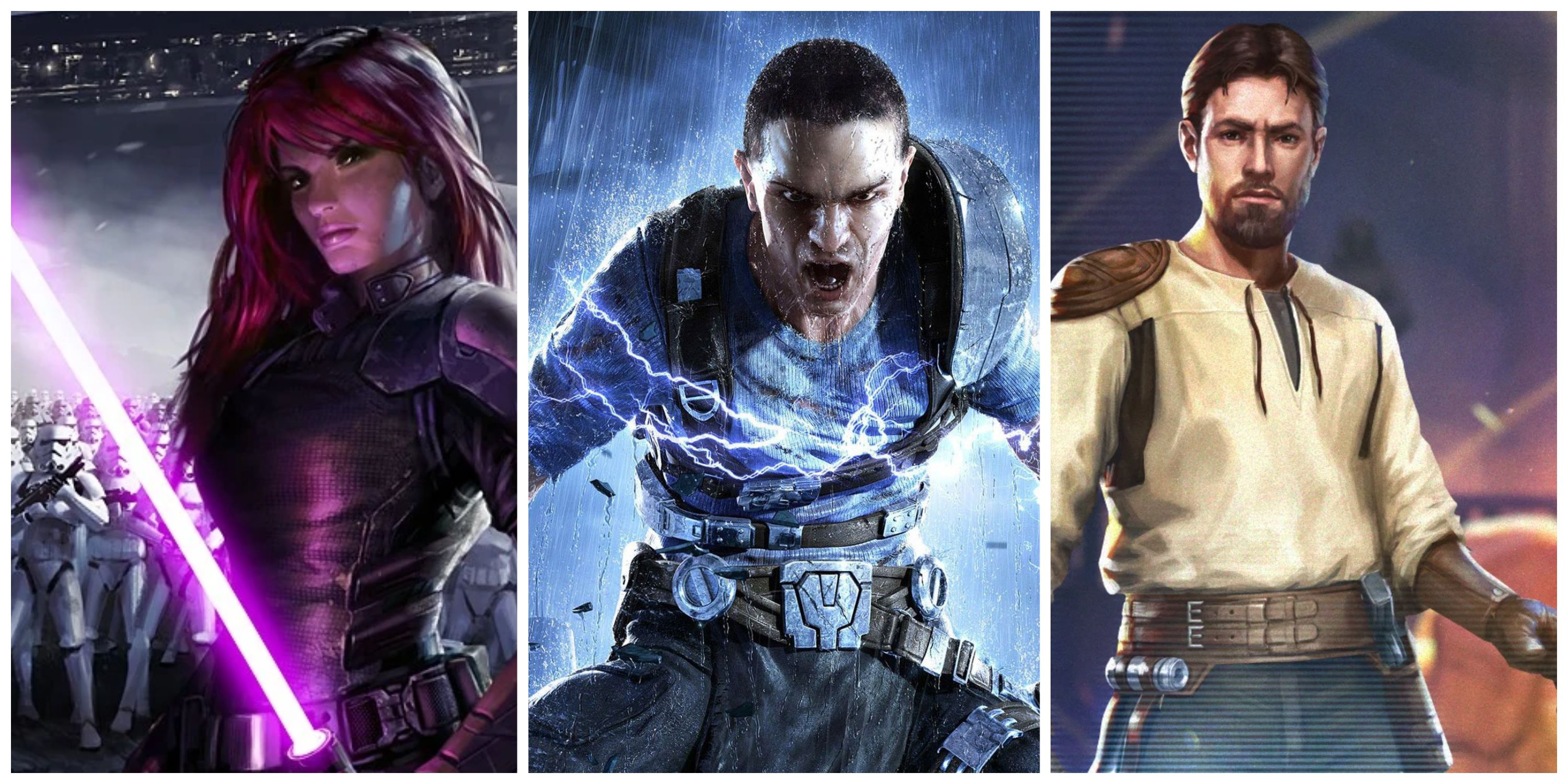
Star Wars: 10 Legends Characters Fans Want Made Canon
The best Star Wars Legends characters could provide some new and brilliant life into the canon Star Wars universe.
Thankfully, the sequel trilogy brought back the likes of Han Solo, Princess Leia, Luke Skywalker, Chewbacca, Lando, and even Admiral Akbar. Not only were fans given one last glimpse of these heroes, but the story even showed versions of these characters that have had lives and experiences over the past forty years off-screen. As a result, fans were treated to something familiar viewed from a new lens.
5 Lightsaber Fights
Fans of Star Wars often fall into two camps when it comes to lightsaber fights. Some prefer the slower, more calculated duels from the original trilogy, while others prefer the flashy, bombastically choreographed moves from the prequels. This posed a problem for new filmmakers designing the duels for the sequel trilogy.
Instead of falling into one of the two camps, the Star Wars sequels showcased a style that fits in the middle. Each fight in the trilogy had clear inspiration from what came before but also brought something unique.
4 Nostalgia For The Originals
When George Lucas originally envisioned his Star Wars movies, he believed that they would be perfect for children under the age of twelve. While it can be argued that Star Wars can be enjoyed by anyone at any age, the original films did a great job of catering to the younger demographic, and that's in part due to the cool lightsabers.
Some movie franchises are great at growing with their audiences, but that isn't Star Wars. As such, Disney made sure that their sequel trilogy was aimed at the younger demographic and resisted the urge to go for a darker or edgy tone. They chose to do this despite a lot of the fans of the original trilogy and the prequels being over the age of thirty at the time the new films were to be released.
3 Subverting Expectations
The first movie in the new Star Wars trilogy was J.J. Abrams' The Force Awakens. This film contained much of what Star Wars fans have come to expect. There was a desert planet, a space battle, a lightsaber duel, and a shadowy figure pulling the strings of the evil side from the shadows. On top of this, the movie also dropped a few mysteries that many fans believed they already had the answers to.
Fast-forward to the sequel, Rian Johnson's The Last Jedi, and fans were expecting a lot of their predictions to come true, as well as some more classic Star Wars tropes. Instead, the series pivoted into new territory and refused to give answers to any of the previous mysteries. As a result, the franchise is now free to continue experimenting with fan expectations as the series moves on. Although many regard The Last Jedi as the film that broke Star Wars, there are also many who support this subversive film.
2 Ian McDiarmid Returns
Despite the fact that Emperor Palatine is one of the darkest forces in all of Star Wars lore, Ian McDiarmid's portrayal of the character is always a bright spot in any movie. As such, fans were sent into a frenzy when it was announced that the character was returning to the series in The Rise of Skywalker.
The true nature of the emperor's return was largely glossed over in the movie, but many fans didn't care. It was clear that McDiarmid was having a great time reprising the villain. He brilliantly cackled at and berated the heroes, stealing the screen in every scene he was in.
1 Enchanting Practical Effects
The original Star Wars trilogy had to make do with the limited technology of the time to bring such grand concepts to life. That is why George Lucas was enamored with the digital effects afforded to him when making the prequel series. In fact, one of the biggest complaints from fans about the prequels is that they use too much CGI. This made fans nervous when it came time for Disney to bring Star Wars to the big screen in a new era.
Although the sequel trilogy did use a lot of special effects shots, these were balanced out nicely with a return to some of the more practical effects that classic fans were used to seeing. Even the new droid, BB8, was a practically made robot.

